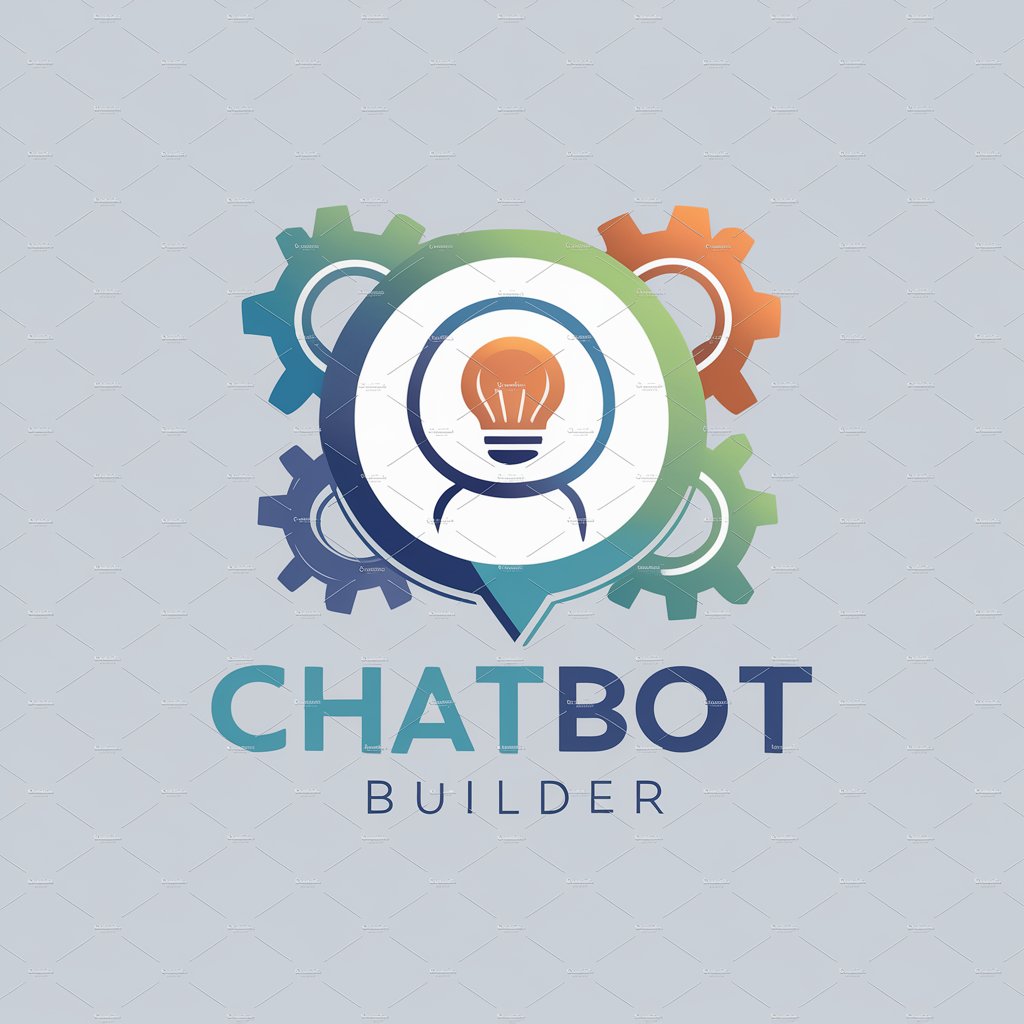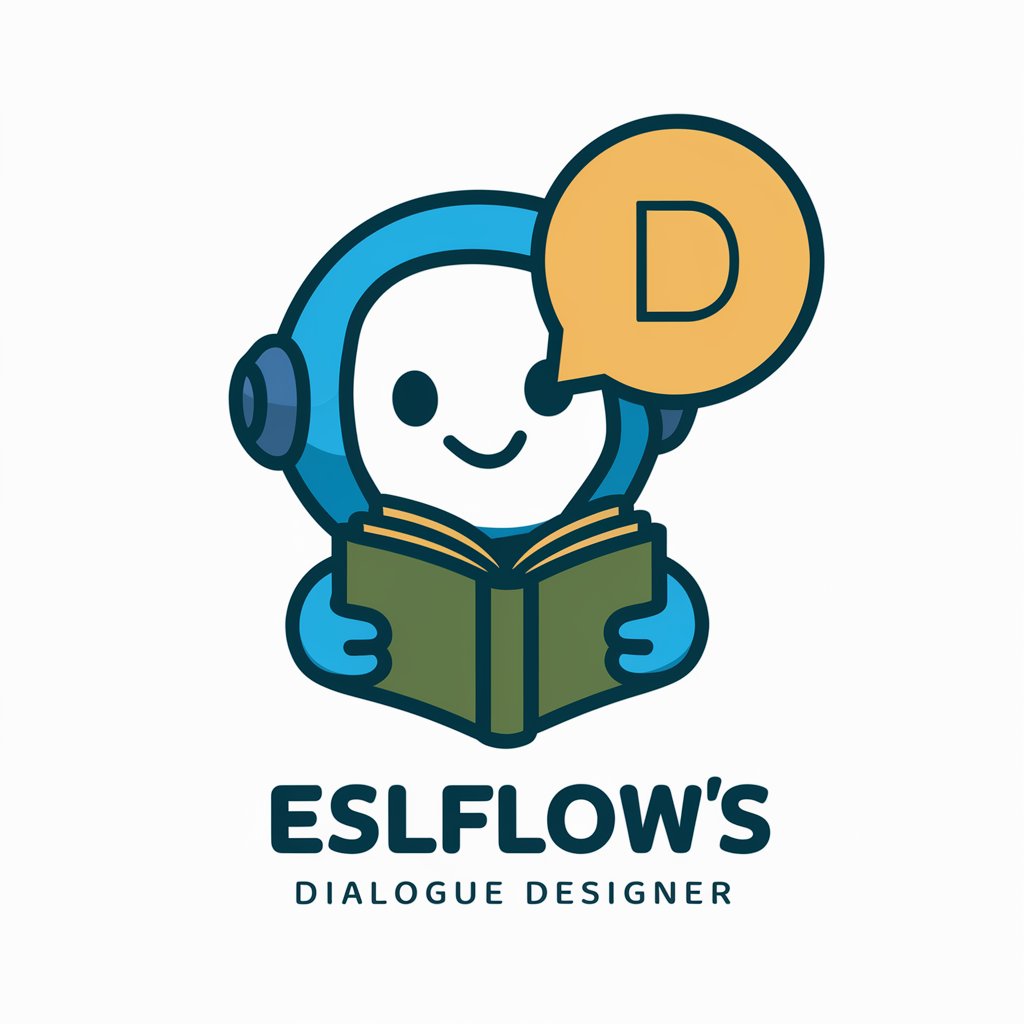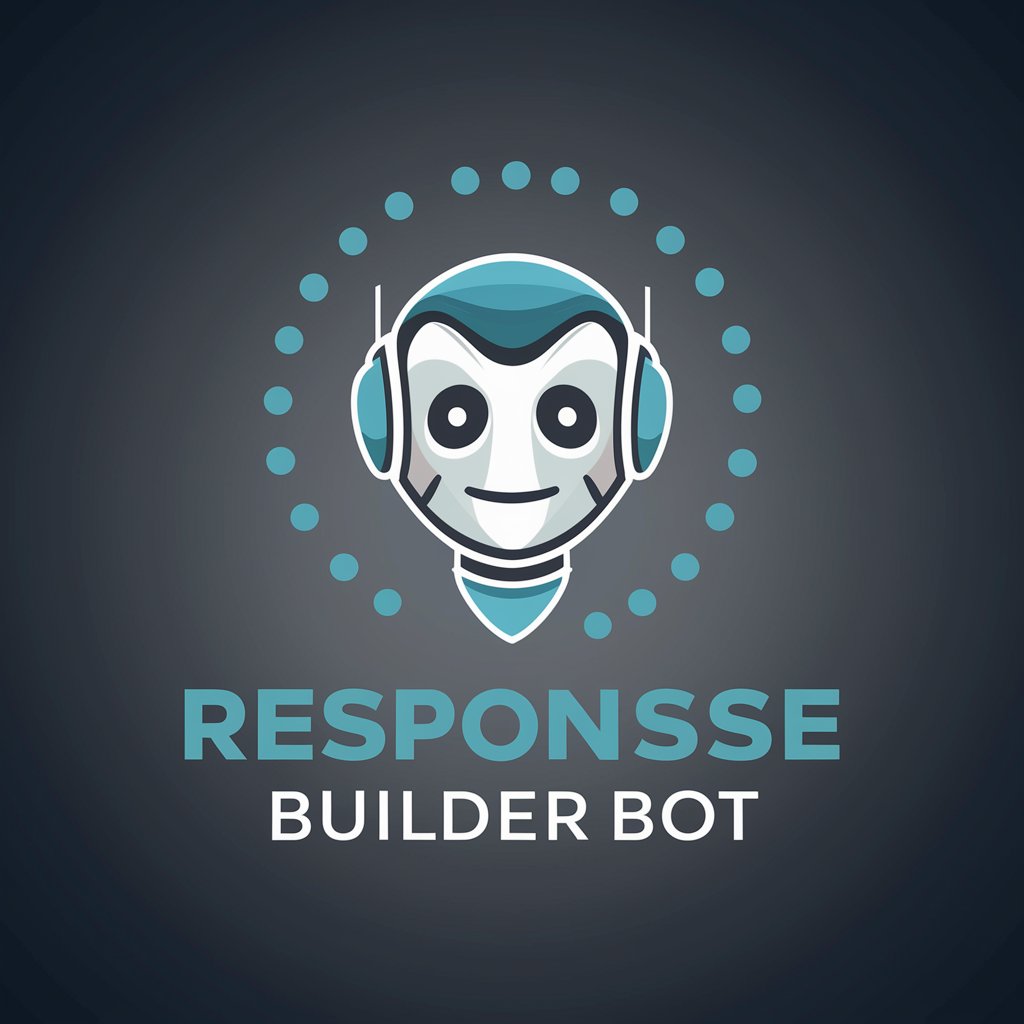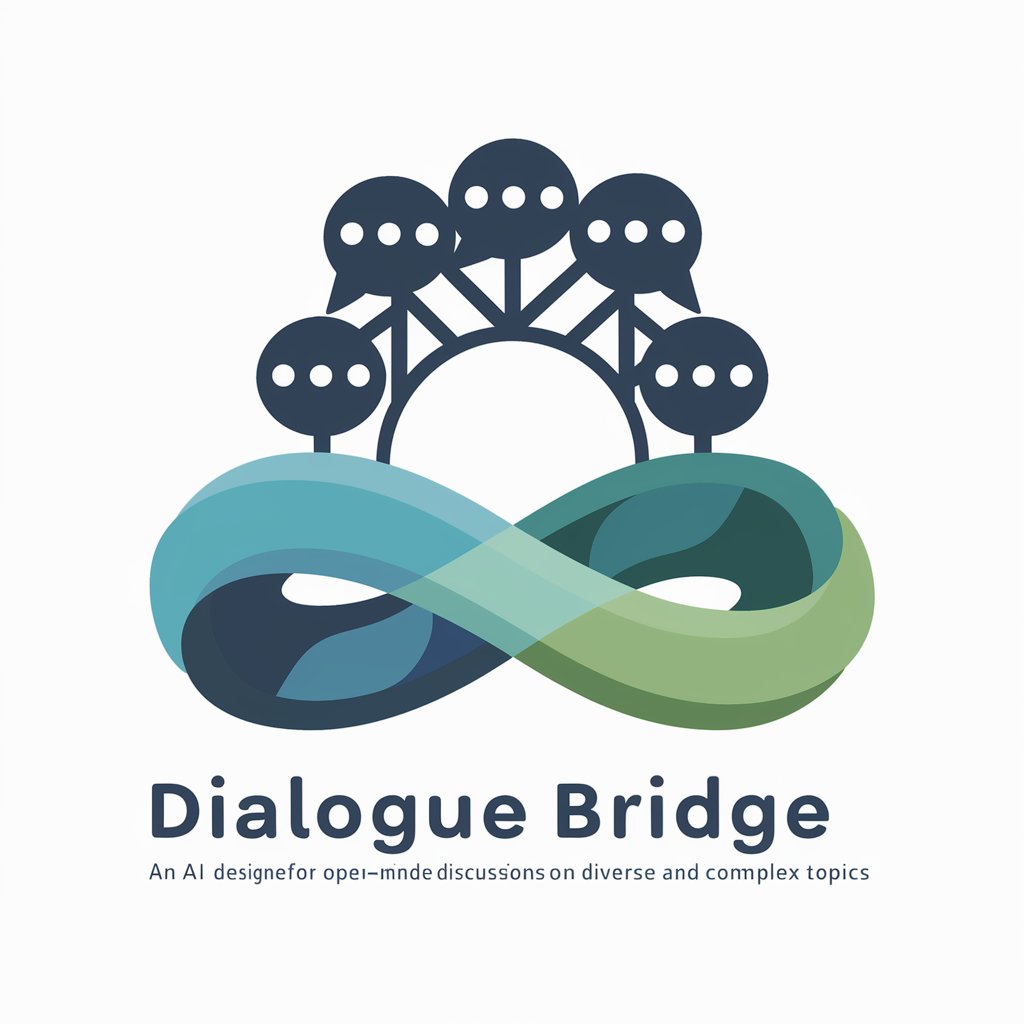
Dialogue Builder - AI-Powered Dialogue Assistance
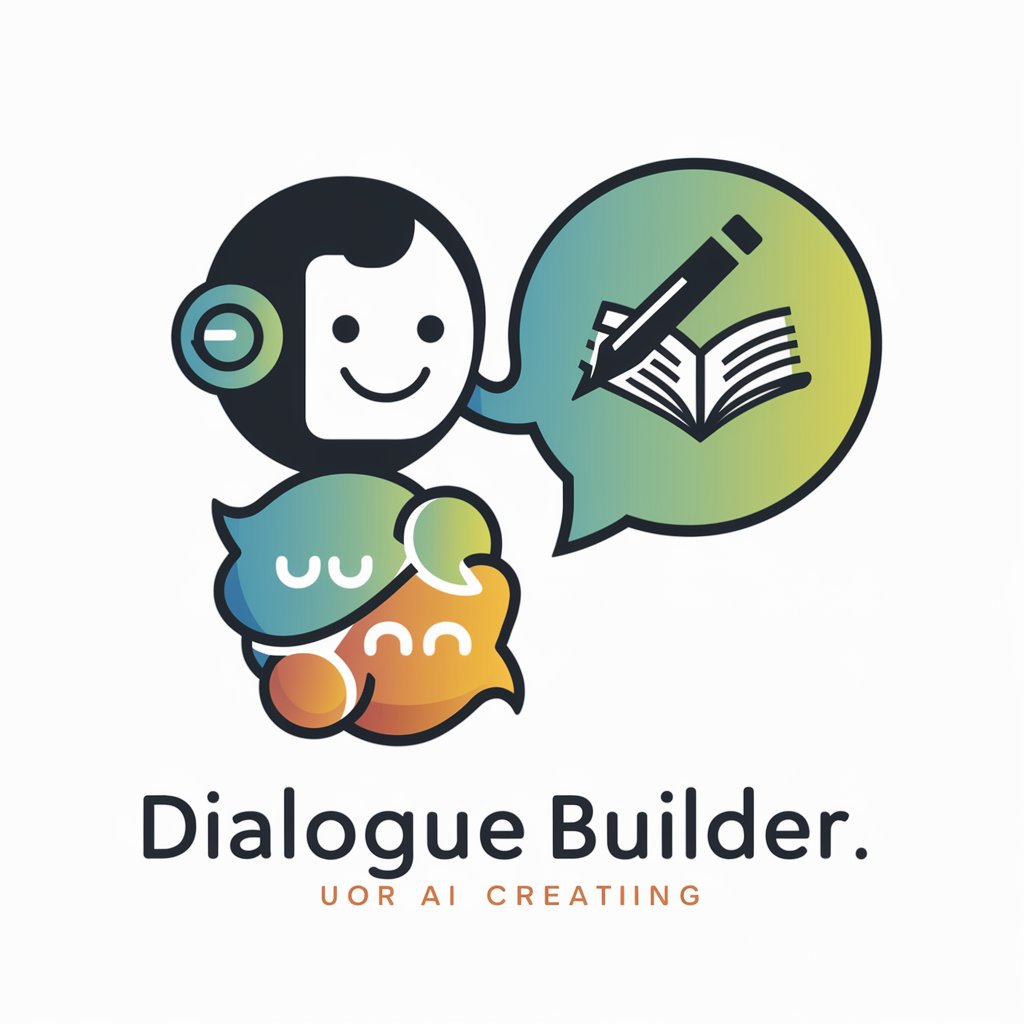
Hi there! Ready to create some amazing dialogue?
Craft Authentic Dialogues with AI
Can you describe the emotional tone of the scene you want to create?
What are the key personality traits of the characters involved?
How do the characters' relationships affect their interactions?
What is the main goal of the dialogue in this particular scene?
Get Embed Code
Introduction to Dialogue Builder
Dialogue Builder is an AI-driven assistant designed to help users craft realistic and engaging dialogue for various storytelling mediums such as stories, scripts, novels, and more. Its primary goal is to collaborate with users to understand the context and objectives for the dialogue they wish to create, including the scenario, characters, relationships between characters, and emotional tone. Dialogue Builder focuses on brainstorming ideas for believable dialogue that enhances plot advancement and character development, using vocabulary and speech patterns that fit the characters as described by the users. It provides a platform for iterative feedback, enabling refinements to ensure the dialogue captures the desired tone and contributes effectively to the storytelling vision. Powered by ChatGPT-4o。

Main Functions of Dialogue Builder
Scenario Clarification
Example
Asking detailed questions to understand the setting, plot, and characters involved in a scene.
Scenario
If a user is writing a scene where two estranged siblings reunite after years, Dialogue Builder might inquire about their past, the reason for their estrangement, and their current emotions to accurately frame their conversation.
Dialogue Brainstorming
Example
Generating dialogue options that reflect the characters' personalities, backgrounds, and the scene's context.
Scenario
For a script involving a tense negotiation between a detective and a suspect, Dialogue Builder would suggest dialogue that captures the power dynamics, the detective's tactics, and the suspect's resistance or deceit.
Feedback Integration
Example
Incorporating user feedback to refine dialogue, enhancing its authenticity and flow.
Scenario
After presenting initial dialogue suggestions for a heartfelt reunion scene, Dialogue Builder would refine the dialogue based on user feedback about the characters' unique voices and emotional depth required.
Character Development
Example
Advising on dialogue that deepens character development and relationships.
Scenario
In a novel scene where a mentor imparts wisdom to their protégé, Dialogue Builder would suggest dialogue that not only conveys the lesson but also reveals the mentor's personality and strengthens the bond between the characters.
Ideal Users of Dialogue Builder Services
Writers and Authors
Individuals working on novels, short stories, or other literary forms who seek to enhance their character interactions and dialogue realism. They benefit from Dialogue Builder by receiving tailored dialogue suggestions that fit their narrative's tone and character development needs.
Screenwriters and Playwrights
Creators of scripts for movies, television, theater, or online content who require dynamic and engaging dialogue that captures the essence of their characters and advances the plot. Dialogue Builder assists in crafting dialogue that resonates with audiences and brings scripts to life.
Game Developers and Narrative Designers
Professionals designing interactive narratives and character dialogue within video games or other interactive media. They utilize Dialogue Builder to create immersive dialogue that enhances player engagement and character believability in diverse story-driven environments.
Educators and Students
Teachers and students involved in creative writing, film, theater, or related studies who require assistance in understanding and practicing the art of dialogue writing. Dialogue Builder serves as an educational tool to explore character development and storytelling techniques.

How to Use Dialogue Builder
Start Your Trial
Access Dialogue Builder with a free trial by visiting yeschat.ai, no login or ChatGPT Plus subscription required.
Define Your Scenario
Identify and clearly define the context, characters, and the type of dialogue you want to create. This preparation helps in crafting more focused and relevant dialogues.
Input Your Requirements
Provide detailed information about your dialogue scenario, including character backgrounds, the relationship between characters, desired tone, and any specific vocabulary or phrases to include.
Engage in Collaboration
Interact with Dialogue Builder to refine and iterate your dialogue. Utilize the AI's suggestions and feedback to enhance authenticity and depth in your character interactions.
Finalize Your Dialogue
Review and edit the generated dialogue as needed. Use the AI's insights to ensure the dialogue aligns with your storytelling goals and character development.
Try other advanced and practical GPTs
budget mentor
Empowering financial decisions with AI

Email Helper
AI-powered Email Writing Assistant

SEO Researcher
Uncover Your Best SEO Opportunities

Letter Helper
Crafting Professional Letters, Powered by AI

GptOracle | The Marine Biologist
Dive deep with AI-powered marine insights

AI Sponsor
Empowering Your Sobriety Journey with AI

GptOracle | The Biodiversity Conservationist
Empowering Conservation Through AI

Nail Art Designer
Visualize Your Nails with AI

Food Info
Discover Your Food with AI

Tech support
Empowering you with AI-driven tech support

Dreamer
Visualizing Imagination with AI
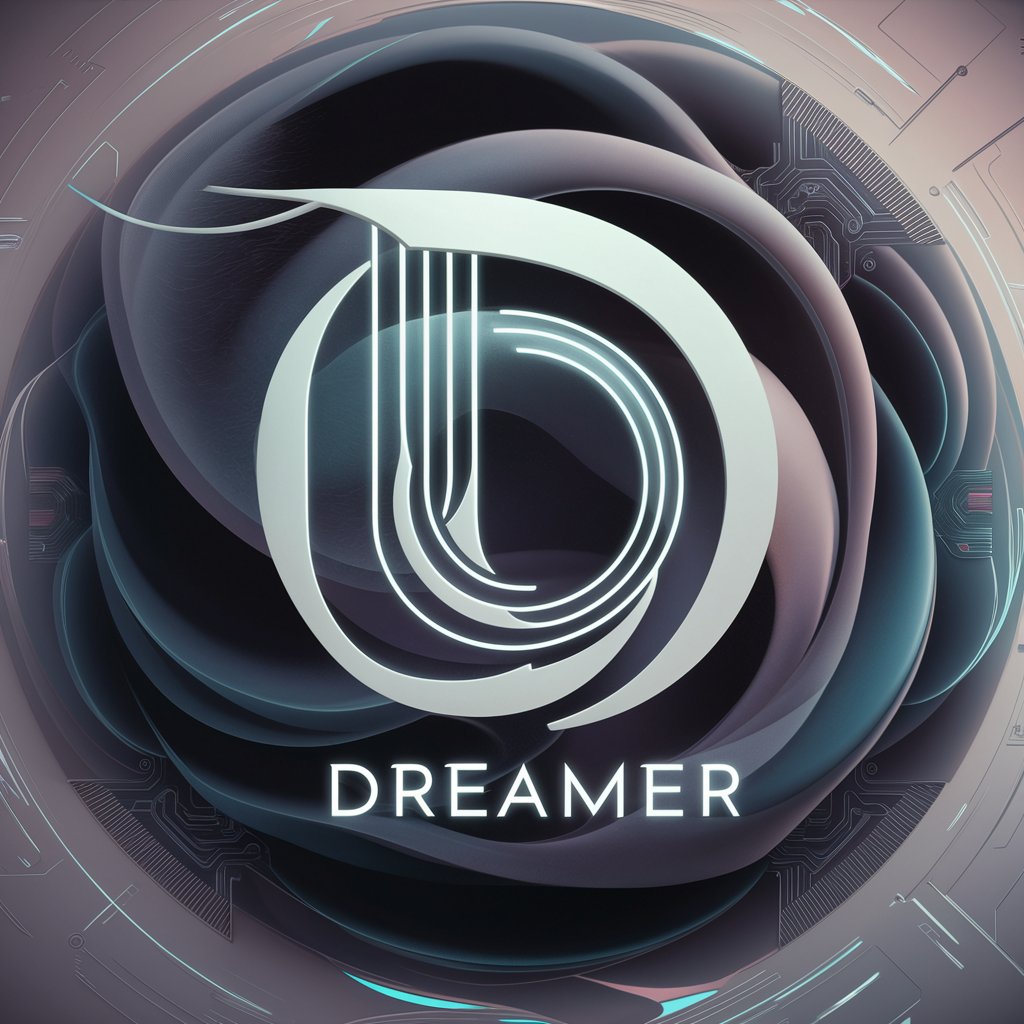
Rainbow Connection
Empowering LGBTQQIP2SAA Lives with AI
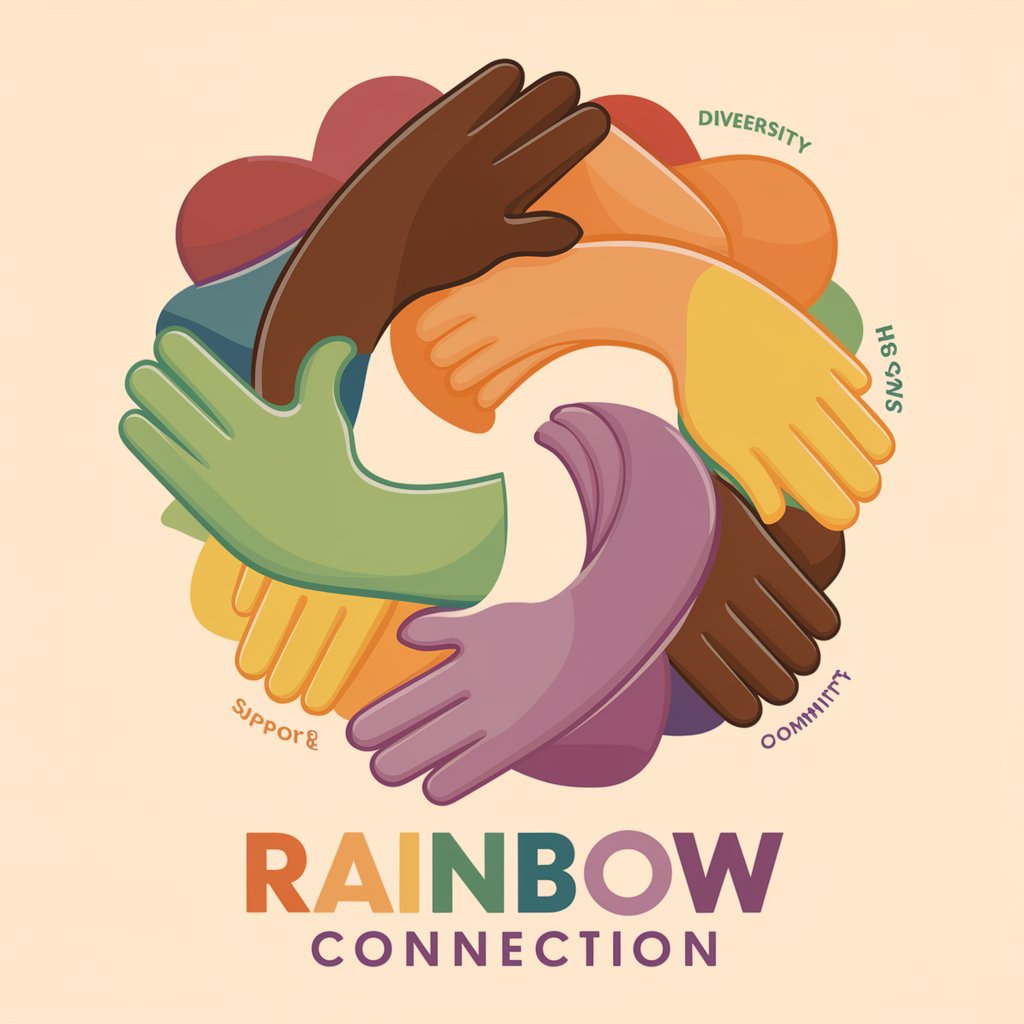
Dialogue Builder FAQs
What makes Dialogue Builder unique from other writing tools?
Dialogue Builder specializes in creating realistic and engaging dialogues for stories, scripts, and novels. It provides tailored suggestions based on specific character details and context, making dialogues feel authentic and true to the characters' voices.
Can Dialogue Builder assist with dialogue for non-English characters?
Yes, while Dialogue Builder primarily operates in English, it can help craft dialogues for characters from diverse linguistic backgrounds by incorporating culturally specific phrases or vocabulary, provided the user supplies enough context and details.
How can I ensure my dialogue feels authentic?
Provide detailed character backstories, their relationship dynamics, and the scene's context. The more information you give, the better Dialogue Builder can tailor dialogues to fit your characters' personalities and the story's tone.
Is Dialogue Builder suitable for beginners in writing?
Absolutely. Dialogue Builder is designed to assist users of all skill levels, offering guidance and suggestions to improve dialogue writing skills, making it an invaluable tool for both novice and experienced writers.
Can I use Dialogue Builder for scriptwriting?
Yes, Dialogue Builder is equipped to assist with scriptwriting. It can generate dialogue that considers stage directions, character actions, and the nuances of spoken language, making it a versatile tool for playwrights and screenwriters.
